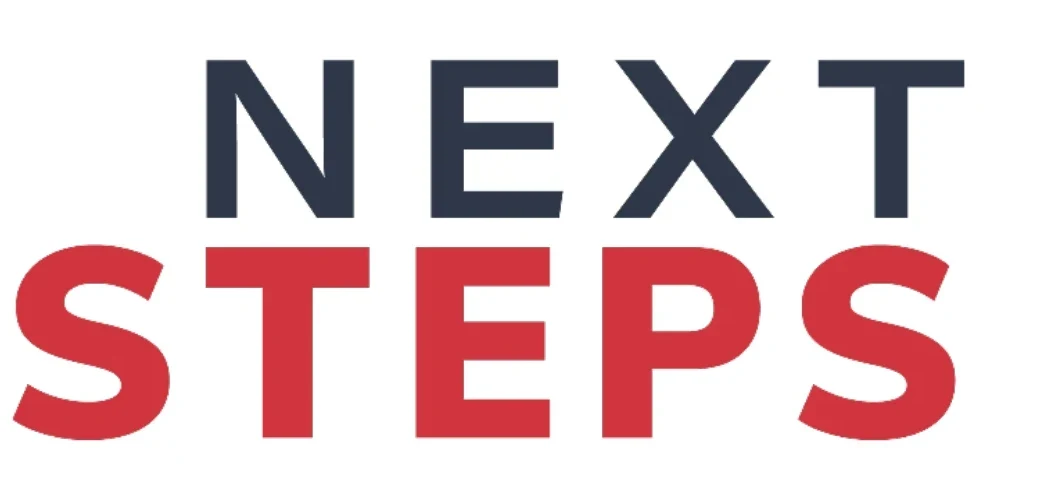Since Alberto Carvalho became Miami-Dade County Public Schools superintendent a decade ago, the number of charter school students in his district has tripled to nearly 70,000, while the number of low-income students using state scholarships to attend private schools has jumped five-fold, to 26,272. Parents in America’s fourth-largest school district now send their children to 570 non-district schools that didn’t exist or weren’t accessible 20 years ago.
So what’s a big district to do?
In the case of Miami-Dade, it’s ride the wave.
In a videotaped address for the American Federation for Children conference in May, and released by AFC Tuesday, Carvalho turned to a metaphor he’s used to powerful effect a few times before (see here and here):
“We anticipated this tsunami as it was approaching, and we made a determined decision,” says Carvalho, the National Superintendent of the Year in 2014 and National Urban Superintendent of the Year in 2018. “We decided and recognized that trying to swim under that tsunami of choice would only bring about our own demise. If we decided to outrun it, we would lose. If we allowed quite frankly to let choice be the trademark of others rather than ourselves embracing it, we would not be participants in the educational process of our students.
“So we embrace choice. We recognized that choice was powerful to every single community, every single family, every single child. So we developed a choice portfolio unlike any in the country today.”
Sixty-one percent of Miami-Dade students are enrolled in district choice – magnets, career academies, “international” programs like International Baccalaureate and Cambridge, etc. – up from 30 percent 10 years ago. Add charter schools and choice enrollment reaches 69 percent. Throw in private schools and it tops 70 percent. For context, consider that in Florida as a whole, 47 percent of students in PreK-12 now attend something other than assigned district schools.
Those who applaud the district’s theory of action don’t think it’s coincidence that academic trend lines are rising as choice is expanding. Among other notables, the district earned an A rating for the first time last year; hasn’t had an F-rated school in two years; and was a standout on the most recent National Assessment of Educational Progress.
“School systems of today, that rely and bank on one single approach to deliver education to their students, are losing the potential of choice,” Carvalho says in the video. “They’re losing the powerful relevance, rigor and relationships that choice brings to school. Our choice is an umbrella approach that reflects the ambitions, the dreams, the aspirations and quite frankly the opportunities that every single kid, regardless of the zip code they’re born into, should have. This is no longer a privilege. This is a right every single child in America must have.”
As fate would have it, Education Next also put a bit of a spotlight on Miami-Dade this week, with Paul Peterson, director of the Program on Education Policy and Governance at Harvard, interviewing yours truly about the district for The Education Exchange podcast. At the risk of jinxing both, I said Miami-Dade may be to big urban districts what the Tampa Bay Rays are to Major League Baseball: Low-cost (relatively speaking), innovative, fun to watch – and maybe even thriving amidst the competition.


